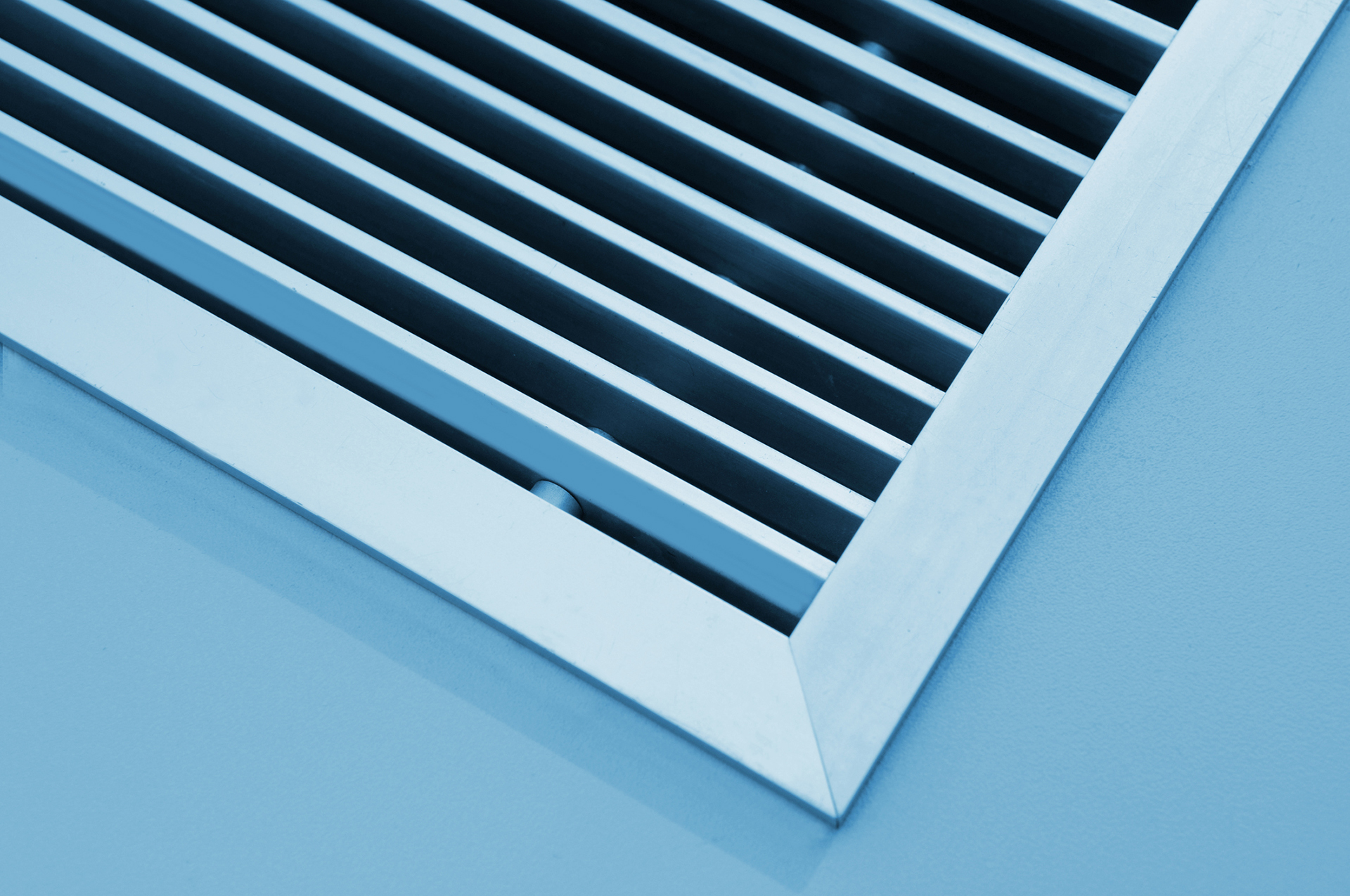
Can smart vents save energy in residential HVAC systems?
With all the focus on residential HVAC equipment—such as air source heat pumps—to achieve energy savings, have we overlooked the way air gets into each room? Even with advancements in "smart home" internet-of-things (IoT) technology such as smart thermostats, most residential forced-air distribution systems don't offer control over the volume of conditioned air distributed on a room-by-room basis. However, an emerging array of "smart vent" products offer residents better control over the distribution of conditioned air.
It's clear this technology makes for a more comfortable home, but it also has the potential to save energy as well. In a project for the ComEd Energy Efficiency Program, Slipstream investigated the energy savings and market potential for smart vent technology. We reviewed existing literature and conducted interviews with manufacturers, distributors and customers to identify barriers to adoption and quantify the potential energy savings.
What are smart vents?
The category of "smart vents" spans a wide range of items, but for the most part, they are ventilation solutions that offer more precise control over the distribution of conditioned air than traditional residential zoning systems. This might include:
- Motion and proximity sensors to track occupancy levels throughout the home
- Motorized registers that automatically open and close to redirect air as needed
- Wi-Fi capability to connect to a smartphone or smart thermostat
By combining smart vents with a smart thermostat, residents can set the target temperature for individual rooms and let the automated system manage the air flow. In theory, smart vents can also save energy by reducing indoor temperatures in some rooms during the winter or increasing temperatures during the summer.
How much energy they can save depends on a few factors, particularly the level of control the smart vents (or the thermostats that govern them) have over the HVAC system. We identified three levels of control, ranked in order of precision from lowest to highest:
- Level 1: Smart vents modulate open or closed according to measured conditions in a single room.
- Level 2: Along with the vents themselves, the system can also control the heating and cooling system.
- Level 3: Smart vents modulate in concert with multi-stage or variable-speed HVAC equipment. This approach allows for the most precision and thus has the largest potential for energy savings.
The savings potential of smart vents
Many suppliers cite the potential for smart vents to save between 20-40% on space conditioning energy, with the caveat that energy savings will vary depending on the application. It's difficult to estimate average energy savings with any degree of precision based on data analysis alone.
Still, on their own, smart vents probably don't have much of an impact on making space conditioning more efficient. Field research suggests that it's rare to find rooms that differ from the main thermostat setpoint by more than 5°F. What's more, heat will naturally flow from occupied spaces to unoccupied spaces through uninsulated walls and floors, mitigating the overall effect.
From preliminary calculations, it seems unlikely smart vents currently on the market will achieve the 10% energy savings identified in the literature. In fact, smart vents currently available on the market and deployed as a whole-home solution may not result in more than 5% savings.
Slipstream's recommendations for smart vents
Because of the minimal energy savings of current smart vent technology (at least on its own) utility programs may be better served investing in residential measures with a more immediate impact. However, this rapidly evolving product category is worth monitoring for a few reasons:
- Advancements that integrate smart vents with HVAC equipment with multiple stages and variable-speed fans could lead to more meaningful energy savings.
- The room-by-room zoning enabled by smart vents would be an asset to the variable-speed nature of electrically-powered heat pumps. As more air source heat pumps find their way into more homes, smart vents could make electrified HVAC systems even more efficient.
- Because many smart vent systems can also monitor (and manage) indoor air quality, they could lead to benefits in non-energy impacts.